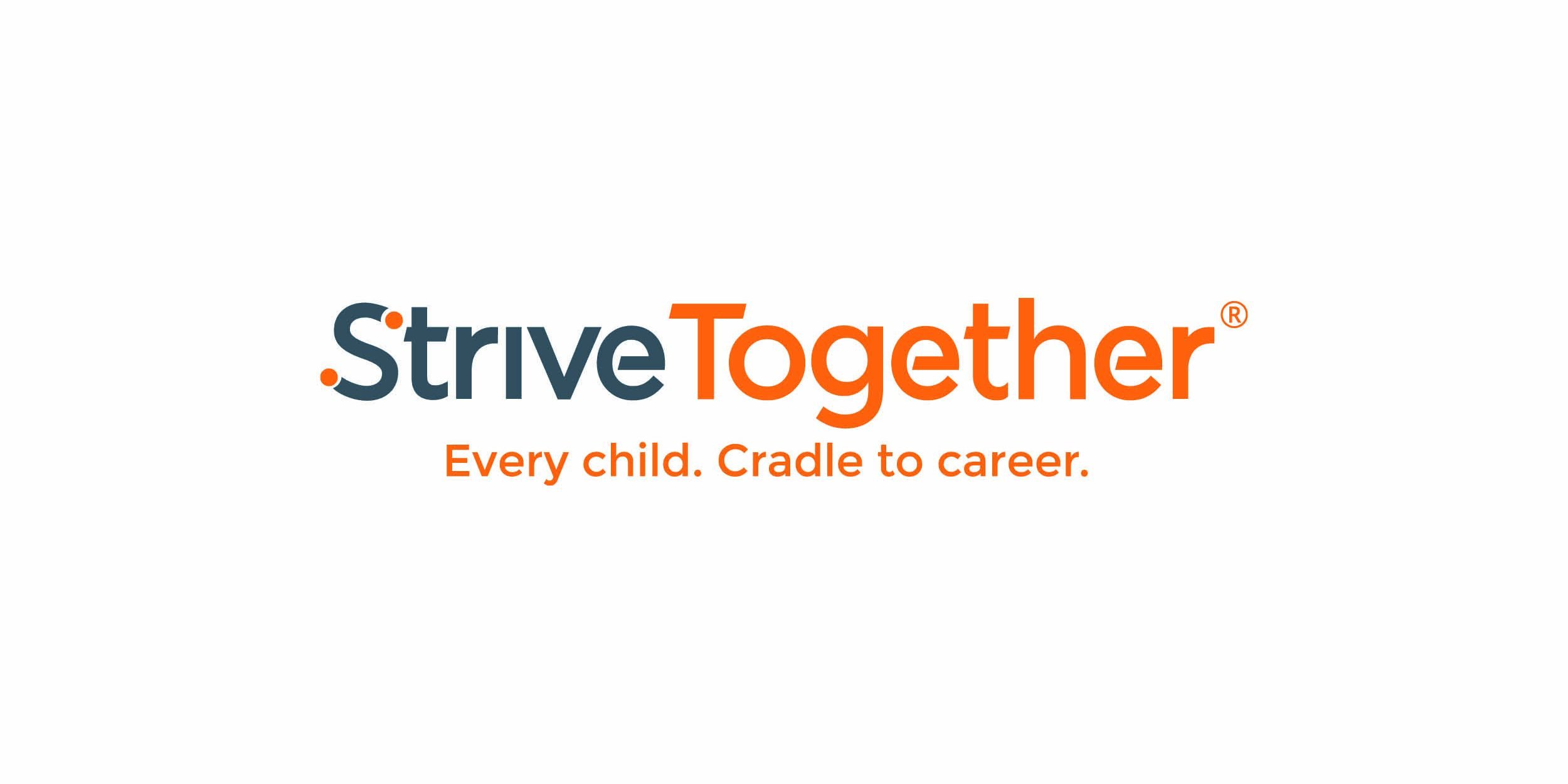“When solutions are missed in the process, divisiveness can happen.”
Historian and writer Jon Meacham shared this thought during his speech at the Southeastern Council of Foundations’ annual meeting on November 8, 2018, in Louisville, Ky. He talked about the work that needs to be done in a political climate where lines are drawn and little compromise seems possible. This approach speaks to the heart of collective impact — the focus of the panel I participated in during the event.
It was an incredible experience to walk past leaders of foundations in the south and hear informal discussions about how they believe their communities were ready to come together to discuss topics like equity — specifically, race equity. In the panel on collective impact, leaders wanted to better understand how this framework could move their communities from conversations to action.
At the panel, leaders heard about its effects firsthand when Alamance Achieves, a partnership in the StriveTogether Cradle to Career Network, shared how keeping results focused on children and cradle-to-career outcomes creates a collaborative environment and allows the community to overcome challenges. Robert Albright of the Collective Impact Forum reminded the room that the ideas behind collective impact are not new. Before StriveTogether started refining this approach, communities had collaborated to improve results. I reminded the room that indeed collective impact has spread across the country because it is proven to be effective.
Collective impact is effective because, at its core, it is designed to unite stakeholders around an intended result to improve outcomes for children. Mental models are challenged when leaders are asked to consider what keeps them from working with other leaders and organizations, and then to think about how working with nontraditional partners can shift the results in their communities. One tool StriveTogether considers essential to the work is a results at the center chart, which shows partnerships who needs to be at the table. This chart is a living document that changes based on the needs of the children in the community, not the preference of one leader or organization.
The work of StriveTogether and the Cradle to Career Network succeeds because of its inclusive approach. Everyone in collective impact and results work should have a voice. We ask partnerships to be willing to fail in their work and learn from what went wrong. When we ask what could have been done differently, the answer often reflects who was not involved. In difficult conversations, we should remember that bringing together multiple stakeholders is crucial in not missing solutions along the way. To improve outcomes for kids, a collective cannot be based on what we want but must be focused on what the community needs.






